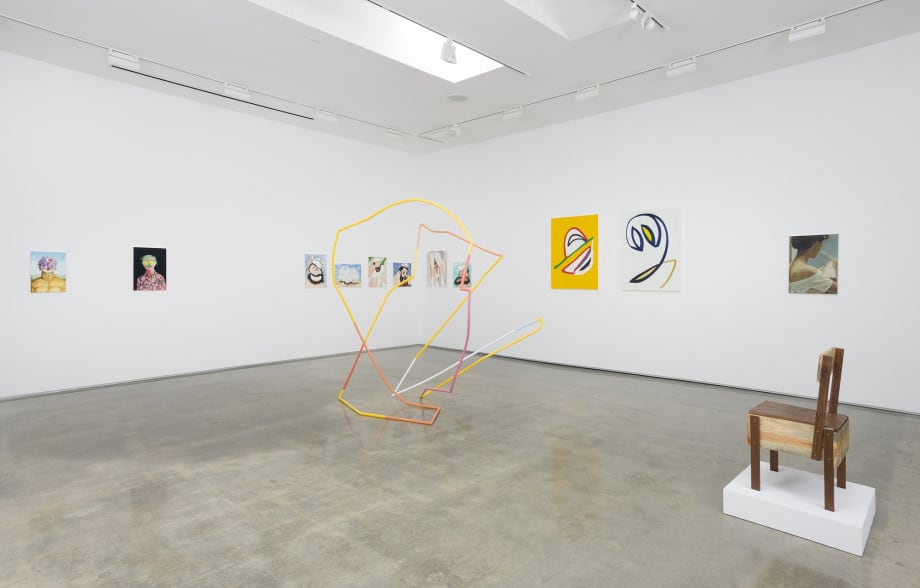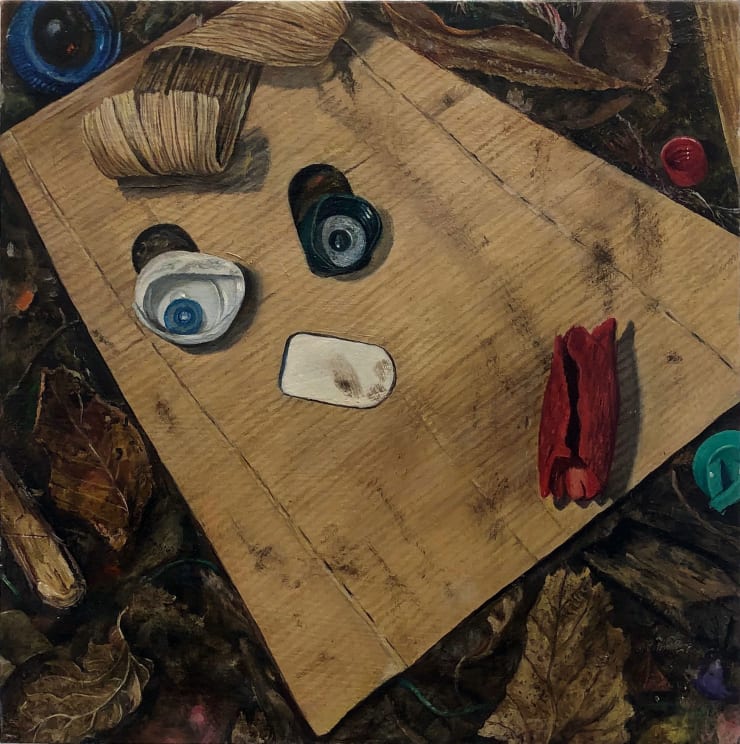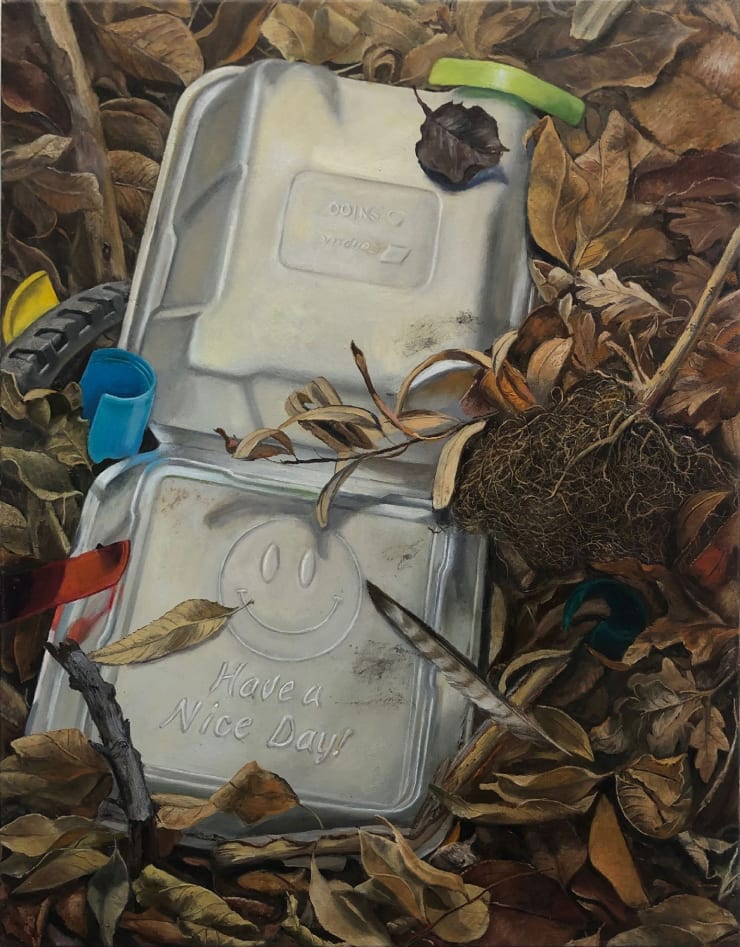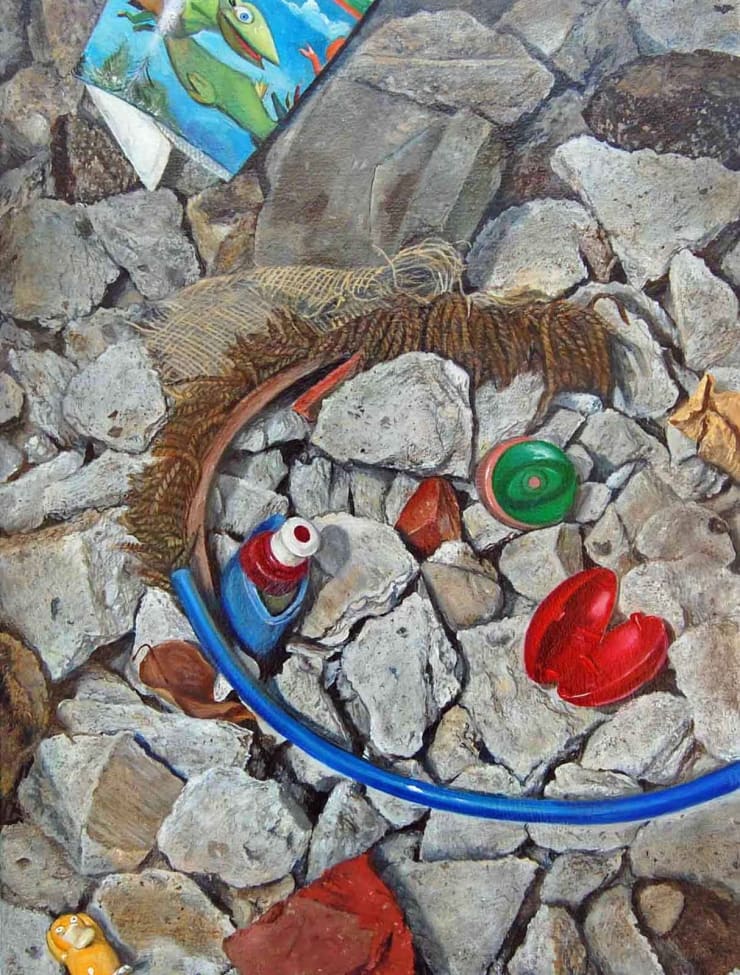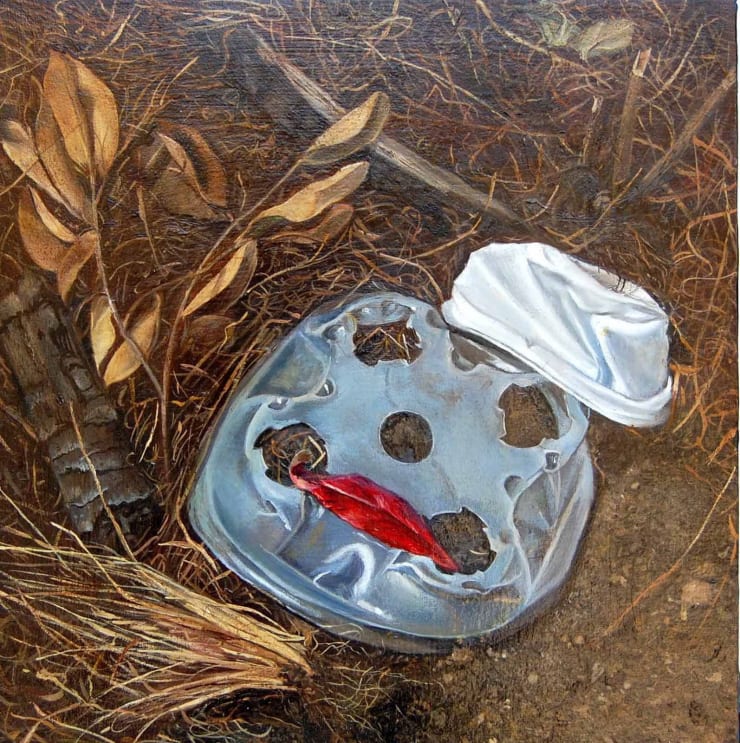Vernacular Environments, Part 3
Edward Cella Art & Architecture presents Vernacular Environments, Part 3, the third of an annual exhibition that explores a diversity of tensions between the figure and the environment and asks, what pluralities do we live in? Through varied typologies, the works included in this exhibition are focused on the body and mind in relationship to design, technology, and architecture. The exhibition features work by David Alekhuogie, Allan Bennetts, Daniel Cummings, Kirsten Deirup, Adriene Jenik, Erik Hanson, Shannon Lucy, Constance Mallinson, Thomas McDonell, Syd Mead, and Wendy Red Star. The exhibition is curated by artist Michael St. John and gallery director David De Boer. To highlight the human experience as it relates immersive learning experiments, artist Adriene Jenik will create performances reading “climate futures” with her ECO tarot deck.
Edward Cella Art & Architecture presents Vernacular Environments, Part 3, the third of an annual exhibition that explores a diversity of tensions between the figure and the environment and asks, what pluralities do we live in? Through varied typologies, the works included in this exhibition are focused on the body and mind in relationship to design, technology, and architecture. The exhibition features work by David Alekhuogie, Allan Bennetts, Daniel Cummings, Kirsten Deirup, Adriene Jenik, Erik Hanson, Shannon Lucy, Constance Mallinson, Thomas McDonell, Syd Mead, and Wendy Red Star. The exhibition is curated by artist Michael St. John and gallery director David De Boer. To highlight the human experience as it relates immersive learning experiments, artist Adriene Jenik will create performances reading “climate futures” with her ECO tarot deck.
The artistic representation of a person where the face and expression is predominant is known by all accounts to be called a portrait. This is not just a snapshot but rather, a composed image of a person. Since the dawn of Western art making, portraiture has used various systems and different artistic conventions; but over the past two millenniums, the best artists were selected to make portraits of people in power. In the 20th Century, artists have shifted this notion considerably; and perhaps none more than Marcel Duchamp who created his own likeness repeatedly in a variety of methods and materials including torn paper. Creating the image of another in relationship to the tense social conditions that has greatly impacted our relationship to each other and the world we live in.
Within this context, it is important to consider the psychological state we are in when looking at a portrait. Does the portrait project new thoughts onto me? Do any of those thoughts have anything to do with the portrait I am looking at? Is the portrait a representation of person or an experience that has a relationship to the world? In the pseudo-anthropological film, The Perfect Human (1967), Jørgen Leth categorizes his subjects by recording the disconnected social experience they are having with each other. And though we see a beautiful man and woman dressing, undressing, dining, crying, and in bed with one another, their isolation quickly reveals their heartache. Through this psychological shift, an enduring space is built which creates participants and identifies them. However, rather than that being the point of the work in this exhibition, and merely identifying how artists portray figures, they shift perspectives to undermine ideological struggles with society. It is from this perspective that the exhibition unfolds.
In the work of David Alekhuogie, the artist uses gravity as a metaphor for human struggle. The artist produces his backboard paintings in an attempt to jump and hit the canvas with his hand. The strenuous action of this gesture emulates the movements of a basketball player, where the physical striving and falling become a metaphor for the precariousness of freedom in America. Allan Bennetts takes cues from painting traditions while simultaneously engaging in concepts inspired by contemporary pursuits. His oil paintings depict common electronics with carefulness which imbues them with a sympathetic humanity.
A large-scale enamel painted steel sculpture by Daniel Cummings, redefines the negative space the gallery space itself, creating a dialogue between the viewer and his or her own surroundings. His large oil on canvas paintings are expansive colorful abstractions create a tension between loose painterly gestures and highly rendered forms. Kirsten Deirup’s irrational portrait paintings explore a territory where theater, nature and devastation comingle. She accentuates uneasy relationships that appeal to our subconsciousness by playfully depicting a reality that is beyond explanation.
Adriene Jenik’s illustrations of actors, values, and symbols update standard archetypes and interpretations from original tarot decks. She utilizes these “ECOtarot” decks by offering “free climate future readings” in public settings which catalyze a series of intimate speculative exchanges that tap into the rational and irrational thoughts and feelings of people struggling to make sense of how to live in the world. Erik Hanson’s oil on canvas paintings of the cartoon character Bluto eroticize attention and affections for the often-villainized figure. In a project he calls, “Two Years of Bluto” countless iterations show this figure of hyper-masculinity melancholic, wounded and vulnerable without ever feeling sorry for him.
At first, the representational oil on canvas paintings by Shannon Lucy depicting figures in awkward positions suggest humor but reveal a psychological perspective. These inventive paintings explain everything we ever wanted to know about our own idiosyncrasies while feeling self-assured through her deconstructed iconography. Also adapting a lush Old Masters technique; human-like faces emerge in the small paintings by Constance Mallinson. Representing the bits of trash and natural detritus collected during her daily walks, her portraits suggest close ups set within detailed sections of landscapes and have historical roots to surrealism such as Pablo Picasso’s Cubists heads, and the conceptual readymade invented by Marcel Duchamp.
In works that were originally created in response to the Autry Museum’s long closed tunnels to the Southwest Museum, Thomas McDonell displays corroding cast sculptures of artist Brock Enright’s head set upon apple boxes and surrounded by dozens of found tennis balls. Recontextualizing the visual language of contemporary film production, these sculptures create a narrative for an experience that has yet to occur. Syd Mead’s neo-futuristic sketches for the sci-fi classic films like Aliens provides fantastic insight into how design has influenced a world beyond just the films they illustrated. His obsession over small details that many fail to notice are a constant reminder that a vision of the future is always grounded in modern day. Wendy Red Star’s works explore the intersections of Native American ideologies and colonialist structures within historical and contemporary society. Informed by her own cultural heritage, and often collaborating with her teenage daughter Beatrice Red Star Fletcher, her works offer an inquisitive, witty, and unsettling perspective to the realities of Native women’s voices in contemporary art.
PUBLIC EXHIBITION PROGRAM
Adriene Jenik: Your EcoFuture
Saturday, July 13, 2019 | 11:30 - 2:30 P.M.
Artist Adriene Jenik offers to read your climate future utilizing her original ECOtarot cards. A limited number of readings are offered and must be reserved in advance. The sessions will be performed in the gallery and the public is welcome to watch the proceedings.
-
 Daniel Cummings, 2nd and Emerald, 2018
Daniel Cummings, 2nd and Emerald, 2018 -
 Daniel Cummings, Black Moon, 2017
Daniel Cummings, Black Moon, 2017 -
 Daniel Cummings, ERIF, 2017
Daniel Cummings, ERIF, 2017 -
 Constance Mallinson, Picasso's Bastards #13, 2018
Constance Mallinson, Picasso's Bastards #13, 2018 -
 Constance Mallinson, Picasso's Bastards #20, 2018
Constance Mallinson, Picasso's Bastards #20, 2018 -
 Constance Mallinson, Picasso's Bastards #21, 2018
Constance Mallinson, Picasso's Bastards #21, 2018 -
 Constance Mallinson, Picasso's Bastards #15, 2014
Constance Mallinson, Picasso's Bastards #15, 2014 -
 Constance Mallinson, Picasso's Bastards #9, 2014
Constance Mallinson, Picasso's Bastards #9, 2014 -
 Constance Mallinson, Picasso's Bastards #10, 2013
Constance Mallinson, Picasso's Bastards #10, 2013 -
 Constance Mallinson, Picasso's Bastards #5, 2013
Constance Mallinson, Picasso's Bastards #5, 2013
